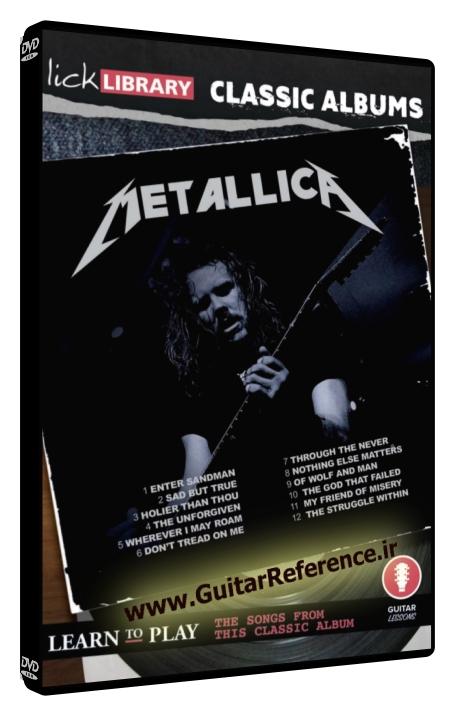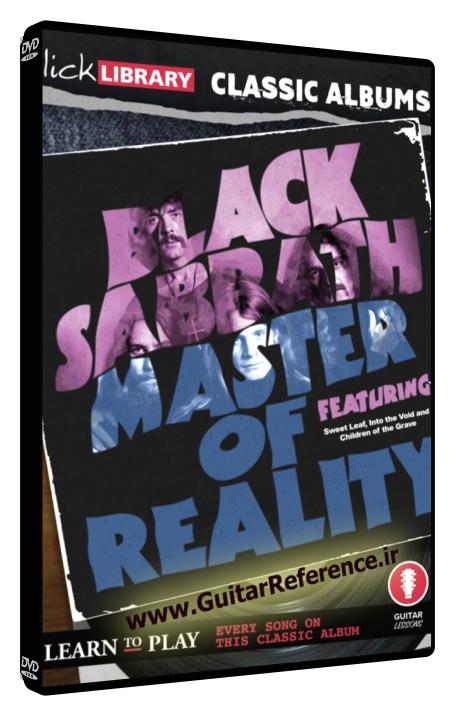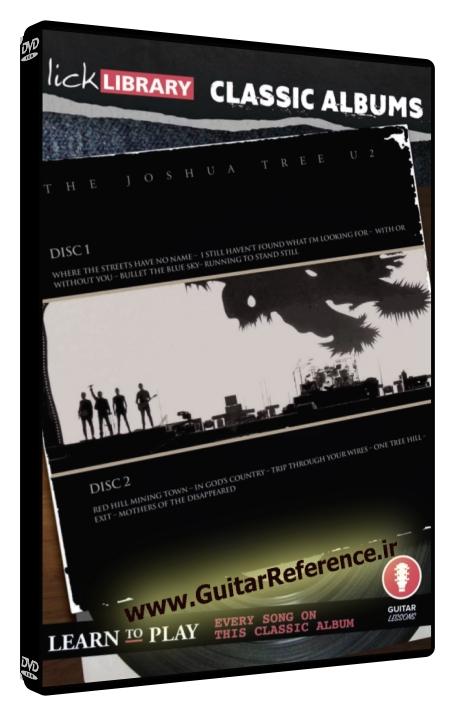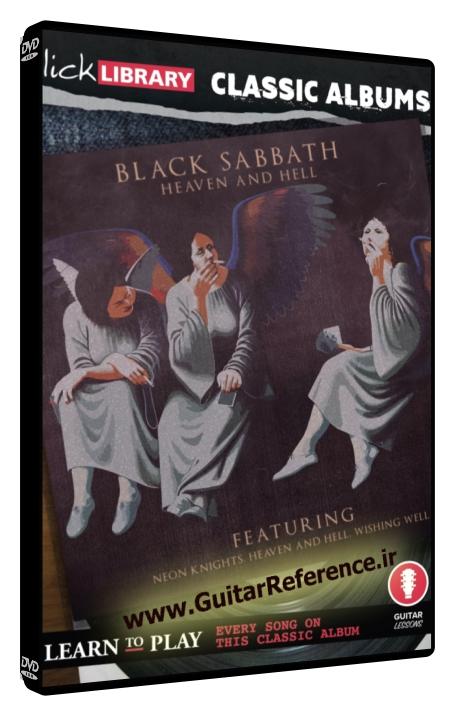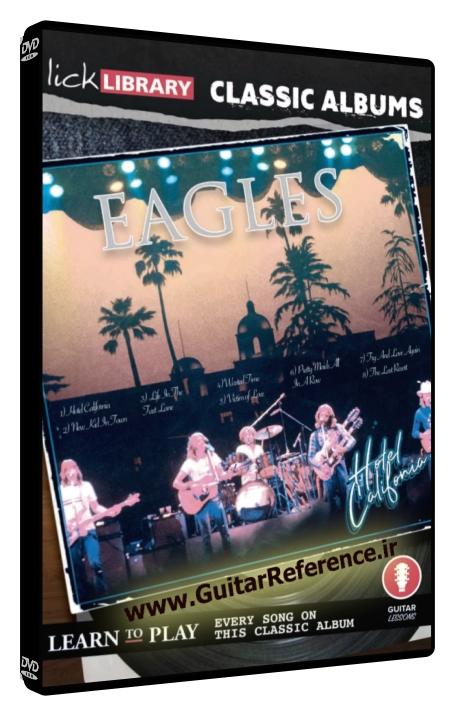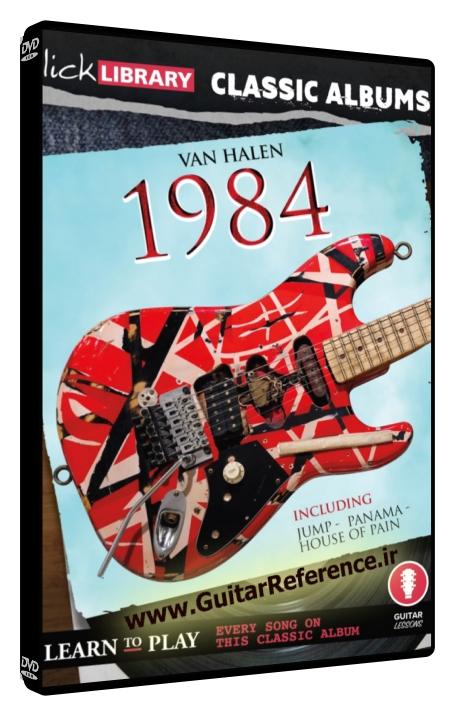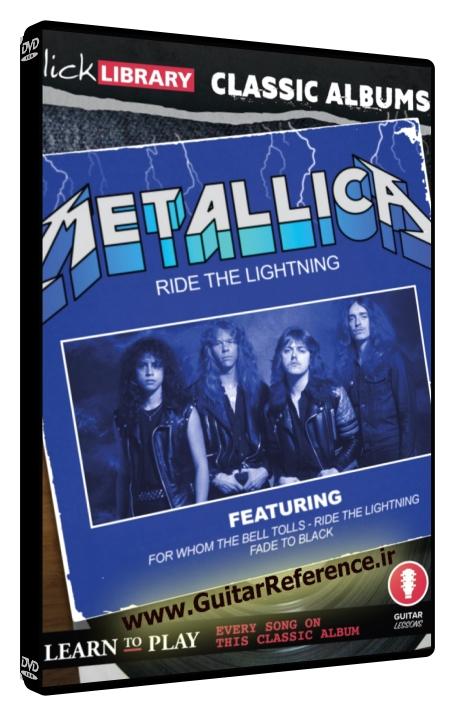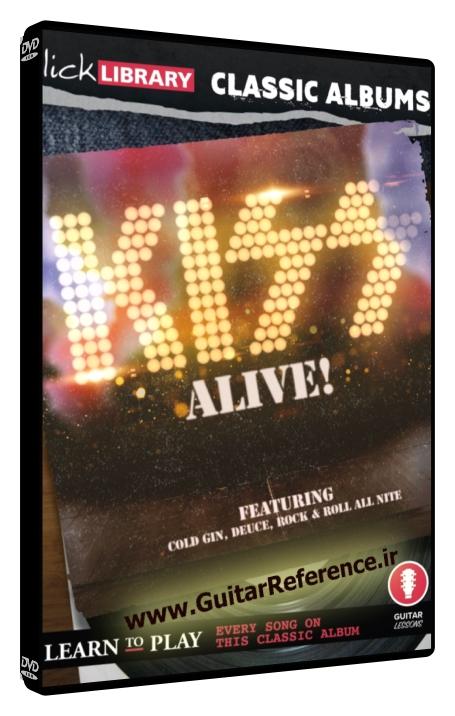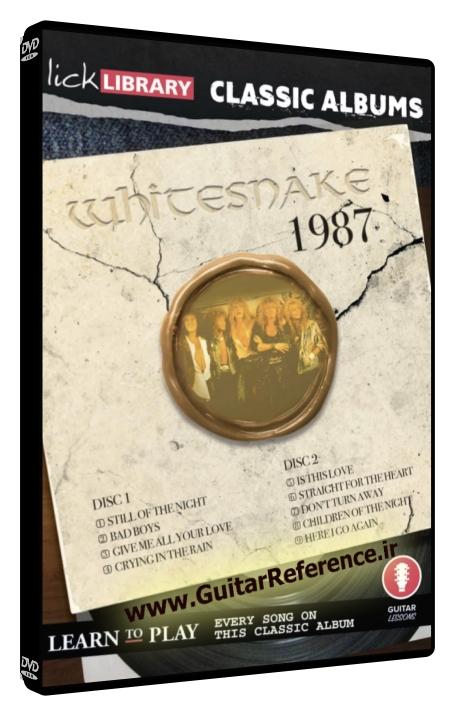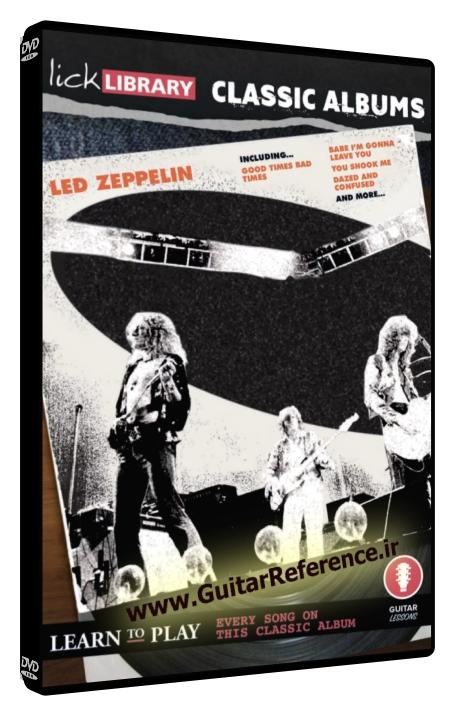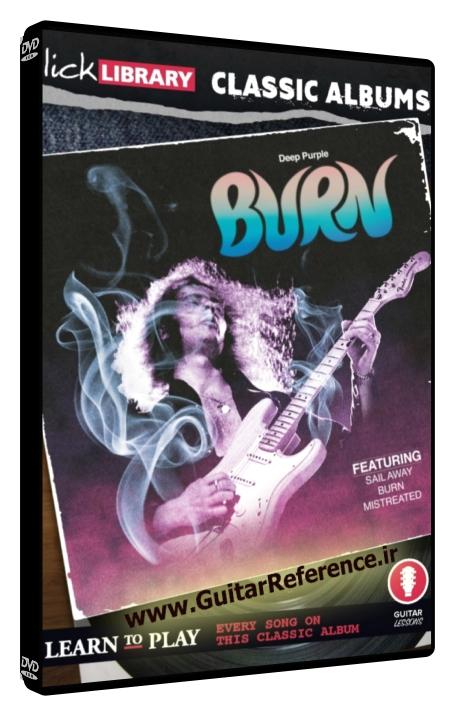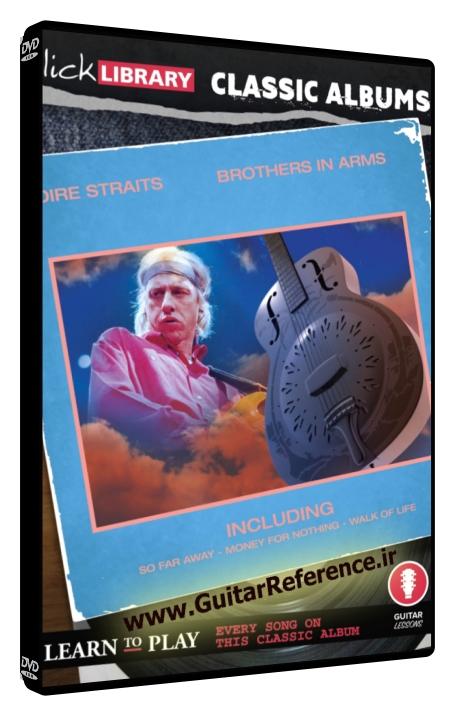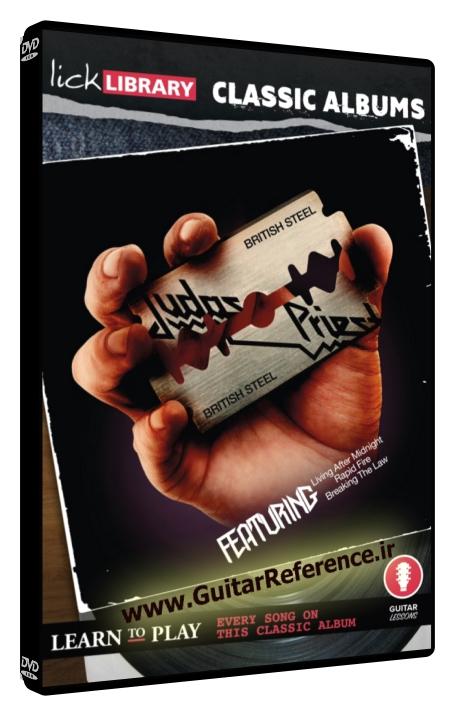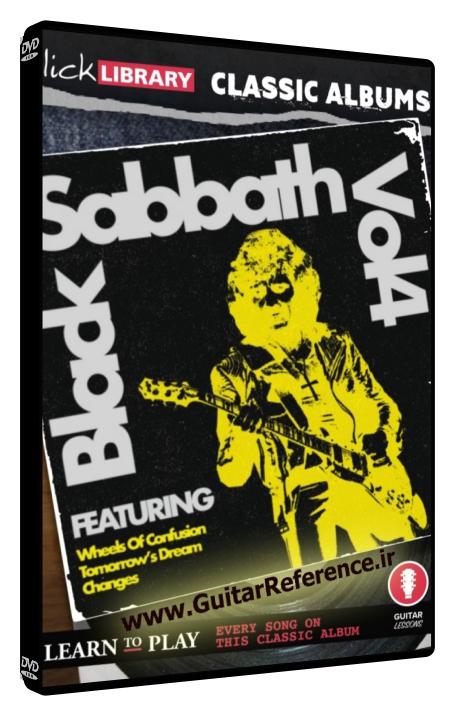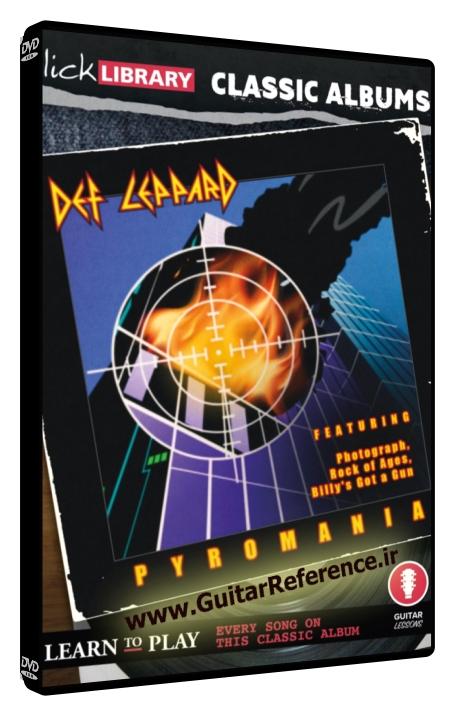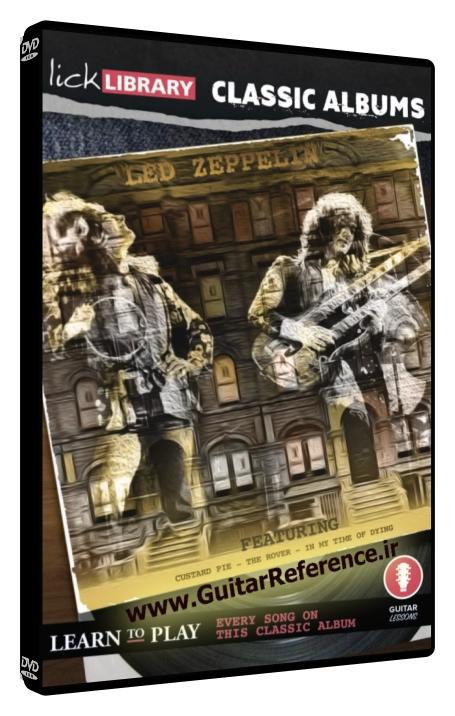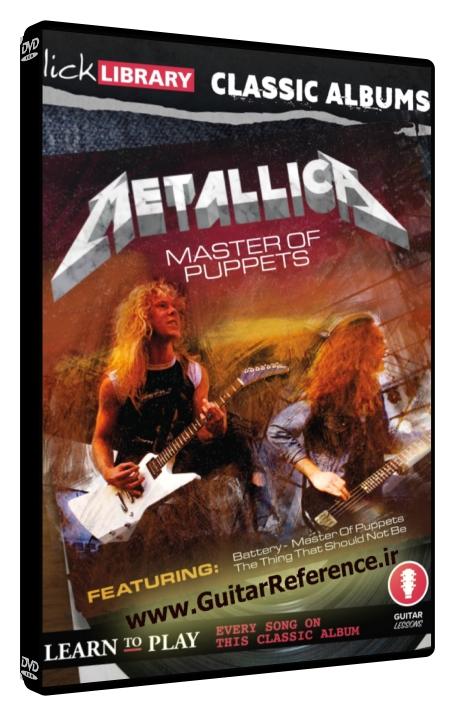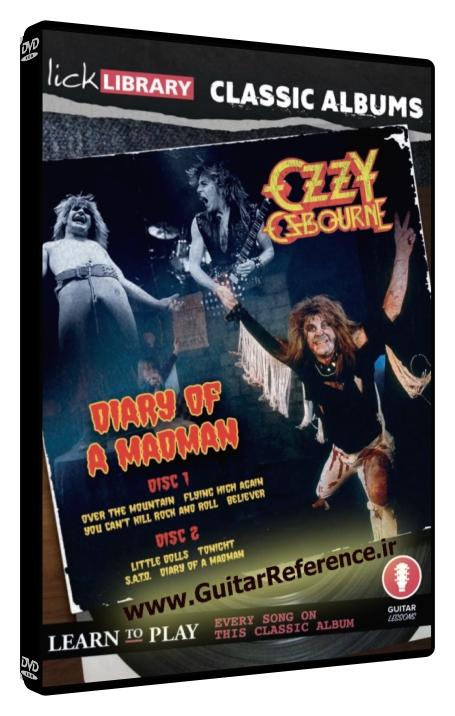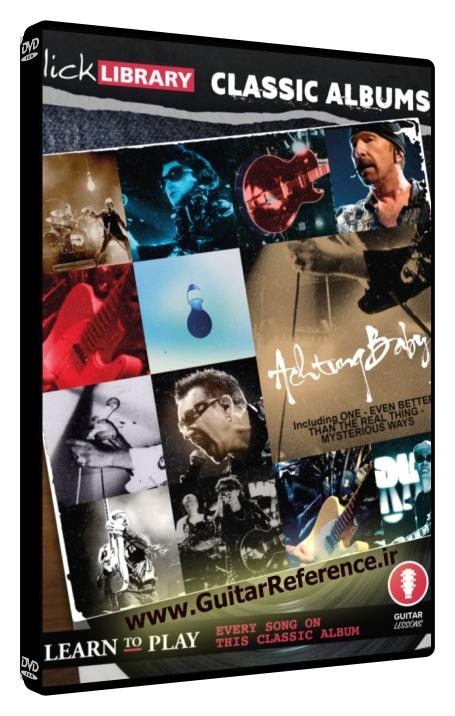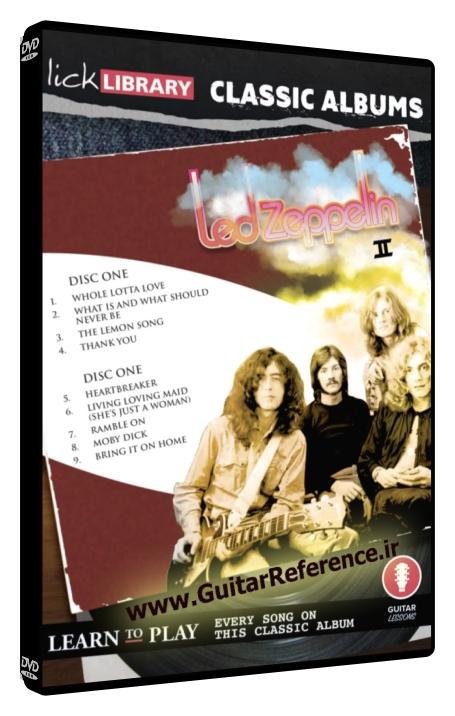Classic Albums – 5150 (Van Halen)
by Sam Bell
Product Size: 5.66 GB (WEBRIP)
37.99 $ 3.99 $
Description
“5150” by Van Halen: A Guitarist’s Journey
Marking the band’s seventh studio release, 5150 was a turning point for Van Halen. With the introduction of David Lee Roth replacement, Sammy Hagar, the band produced an album that, not only exceeded expectations, but gave them their first Billboard 200 number one spot and the enviable claim of Warner Bros. fastest selling album.
In this guitar course, Sam Bell returns with another journey through the guitar parts from a Van Halen classic album, teaching you how to reproduce Eddie Van Halen’s riffs and guitar solos. From fiery fills and acrobatic leads to a meeting of simple crunching riffs paired with rhythm guitar virtuosity; this Classic Album course has something for every rock guitarist.
Guitar Lesson 1: “Good Enough”
Rooted in the key of E minor, “Good Enough” employs a powerful combination of open-string riffs and power chords that showcase Van Halen’s signature crunch. Eddie uses alternate picking, and a series of pull-offs, along with his unparalleled vibrato technique to churn out the unforgettable solos in this track. The sudden transitions between harmonics and string-bending techniques play a significant part in creating the atmosphere.
Guitar Lesson 2: “Why Can’t This Be Love”
“Why Can’t This Be Love” introduces a different flavor, as the song is built around a B Mixolydian mode. Eddie applies his exceptional legato technique, alternate picking, and syncopated rhythms to create an intricate tapestry of sound. The guitar solo is a study in combining melody with technique, as Eddie uses two-handed tapping and pre-bends to create those scintillating sounds.
Guitar Lesson 3: “Get Up”
“Get Up” is all about speed and dexterity. Eddie’s palm-muting technique gives the main riff a tight, rhythmic drive, while his use of power chords, slides, and string-bending add depth and complexity. The solo in A minor demonstrates Eddie’s mastery of harmonics and tremolo picking, creating a whirlwind of sound that is both intense and captivating.
Guitar Lesson 4: “Dreams”
“Dreams” is based around the G major scale, and Eddie’s use of arpeggios and chord progressions gives the song its dreamy, melodic quality. The guitar solo incorporates a blend of two-handed tapping and legato, which adds a layer of complexity and emotional depth to the track.
Guitar Lesson 5: “Summer Nights”
“Summer Nights” employs the use of alternate tunings to deliver its sunny, upbeat tone. Eddie’s galloping rhythms and use of power chords are complemented by an octave melody solo in the key of D, complete with his iconic finger-tapping and vibrato.
Guitar Lesson 6: “Best of Both Worlds”
The song starts with a catchy riff built on a D Mixolydian scale, and employs Eddie’s phenomenal use of power chords and palm muting to create an energetic and uplifting track. The solo showcases his use of legato and trills, delivering an electrifying performance that showcases his unrivaled virtuosity.
Guitar Lesson 7: “Love Walks In”
The key of C major brings out a more melodic side to Van Halen’s playing. Eddie’s use of arpeggiated chord progressions and power chords drive the song, while his solo, built around harmonics and pull-offs, adds a touch of the sublime to the track.
Guitar Lesson 8: “5150”
“5150,” the title track, stands as an epitome of Eddie Van Halen’s technical prowess. An extensive use of two-handed tapping, whammy bar tricks, and legato create an electrifying mix. The song’s solo in A minor is a masterpiece of technique, blending string-bending, pull-offs, and harmonics into a truly mesmerizing performance.
Guitar Lesson 9: “Inside”
The final track, “Inside,” delivers a mixture of power chords and open-string riffs, resulting in a uniquely textured sound. Eddie’s use of slides and alternate picking add to the track’s intensity, creating a final display of his outstanding guitar work on this album.
Eddie Van Halen’s Contribution
Eddie Van Halen’s contribution to “5150” cannot be overstated. His inventive use of guitar techniques, such as two-handed tapping, string-bending, and harmonics, transformed the soundscape of rock music. He combined these techniques with a keen melodic sensibility, creating unforgettable riffs and solos that continue to inspire guitarists today.
Guitar Techniques Used in “5150”
Vibrato / Alternate Picking / Legato / Harmonics / Pull-offs / Power Chords / Palm Muting / Two-Handed Tapping / Trills / Tremolo Picking / Chord Progressions / Arpeggios / Slides / String Bending / Syncopated Rhythms / Open-String Riffs / Whammy Bar Tricks / Pre-Bends / Altered Tunings
NB: PERFORMANCE FOOTAGE NOT INCLUDED WITH THIS COURSE


